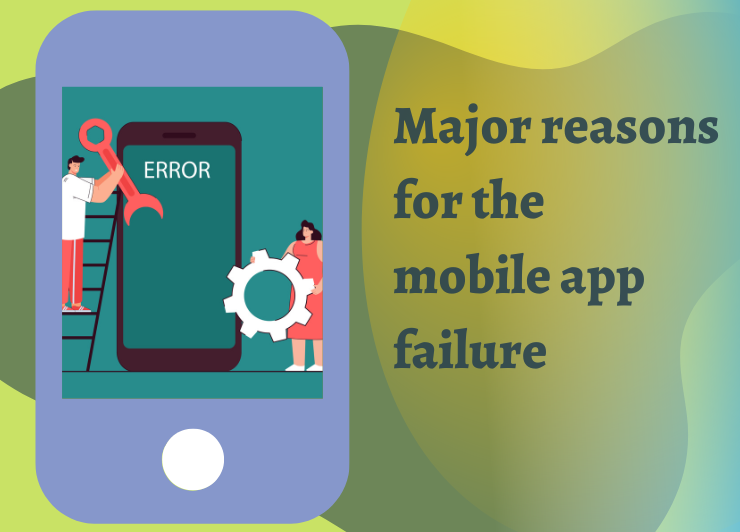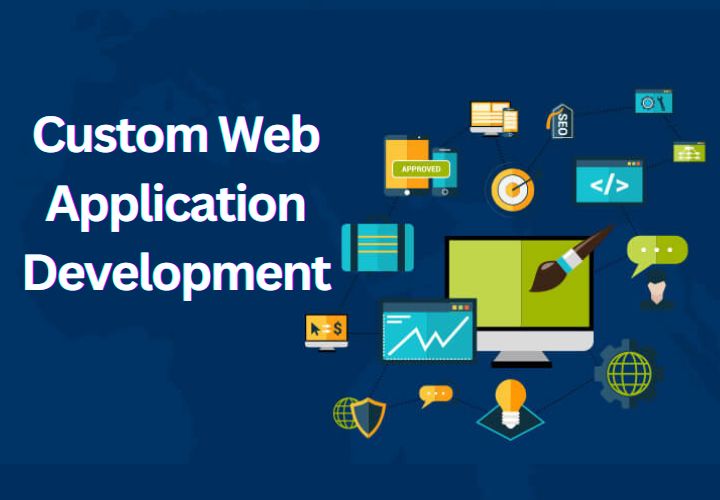
Java continues to be a dominant programming language in the software development world. With the evolving tech landscape, it’s essential for developers to stay updated with best practices to ensure their code is efficient, secure, and maintainable. Here are the top Java best practices for developers in 2024.
Embrace Modern Features
Java 17, the latest Long-Term Support (LTS) version, introduces several powerful features that enhance code readability and efficiency. Developers should make the most of these features:
- Pattern Matching: Simplifies code by allowing more concise and readable conditional logic.
java
Copy code
if (obj instanceof String s) {
System.out.println(s.toLowerCase());
}
- Records: Provide a compact syntax for declaring data classes.
java
Copy code
public record Point(int x, int y) {}
Optimize Performance
Performance optimization remains a critical aspect of Java development. Here are some key practices:
- Efficient Data Structures: Choose the right data structures for your needs. Use ArrayList for fast access and LinkedList for frequent insertions/removals.
- Avoid Premature Optimization: Focus on writing clean code first. Profile and optimize only the parts that become performance bottlenecks.
- Use Streams Wisely: Java Streams can make code more readable and concise, but overusing them can lead to performance issues. Understand when to use streams and when traditional loops are more appropriate.
Ensure Code Quality
High-quality code is essential for maintainability and scalability. Here are some practices to ensure your Java code meets high standards:
- Code Reviews: Regularly review code with peers to catch errors early and improve code quality.
- Unit Testing: Write comprehensive unit tests using frameworks like JUnit. Ensure that your tests cover a wide range of scenarios.
- Static Code Analysis: Use tools like SonarQube to detect code smells, potential bugs, and security vulnerabilities.
Security Best Practices
Security should be a priority in any software development process. Follow these best practices to secure your Java applications:
- Input Validation: Always validate and sanitize user inputs to prevent injection attacks.
- Use Latest Libraries: Keep your libraries and dependencies up to date to avoid known vulnerabilities.
Secure Coding Guidelines: Follow secure coding guidelines and consider using tools like OWASP Dependency-Check to scan for vulnerabilities
Effective Memory Management
Java handles memory management automatically with its garbage collector, but developers should still be mindful of memory usage:
- Avoid Memory Leaks: Be cautious with static fields and collections that grow indefinitely. Use weak references when necessary.
- Understand Garbage Collection: Familiarize yourself with Java’s garbage collection mechanisms and how to tune them for your application’s needs.
- Optimize Object Creation: Avoid creating unnecessary objects, especially in performance-critical sections of your code.
Leverage Modularization
With the introduction of the Java Platform Module System (JPMS) in Java 9, modularization has become a critical aspect of Java development:
- Modular Design: Break down your application into smaller, manageable modules. This enhances maintainability and allows for easier updates and testing.
- Explicit Dependencies: Use module descriptors (module-info.java) to declare dependencies explicitly, making your application’s structure clearer.
Adopt DevOps Practices
Integrating DevOps practices into your Java development workflow can significantly improve the efficiency and reliability of your software delivery process:
- Continuous Integration/Continuous Deployment (CI/CD): Set up CI/CD pipelines using tools like Jenkins or GitHub Actions to automate testing and deployment.
- Containerization: Use Docker to containerize your applications, ensuring consistency across different environments.
- Infrastructure as Code (IaC): Manage your infrastructure using code with tools like Terraform, enabling version control and easier replication.
Documentation and Commenting
Good documentation is essential for maintaining and scaling your codebase:
- Comprehensive Documentation: Write clear and comprehensive documentation for your code, including API documentation using tools like Javadoc.
- Meaningful Comments: Use comments to explain the “why” behind complex logic, not just the “what.” Avoid redundant comments that state the obvious.
Continuous Learning and Improvement
The tech landscape is constantly evolving, and continuous learning is crucial for staying relevant:
- Stay Updated: Follow Java community updates, blogs, and attend conferences to keep up with the latest trends and best practices.
- Experiment with New Tools: Don’t be afraid to try new tools and frameworks that can improve your development process.
- Peer Learning: Engage with your peers, participate in code reviews, and share knowledge within your team.
Website Development and Liferay Services
When it comes to web development, choosing a reliable Website Development Company is crucial. These companies provide comprehensive services, from front-end design to back-end integration, ensuring a seamless user experience. Additionally, for specialized needs, Liferay Application Development Services offer robust solutions for enterprise-level applications. Liferay’s modularity and scalability make it an excellent choice for businesses looking to streamline their operations.
Public Financial Management System (PFMS)
The Public Financial Management System (PFMS) is a critical initiative aimed at improving financial management in India. It provides a platform for tracking and monitoring funds released under various government schemes. Businesses looking to engage with PFMS can benefit from PFMS Vendor Registration, which allows them to become authorized vendors, enabling them to participate in government tenders and contracts.
Conclusion
In 2024, Java development remains as dynamic as ever, with new features and practices emerging to enhance efficiency, security, and maintainability. By embracing modern features, optimizing performance, ensuring code quality, prioritizing security, managing memory effectively, leveraging modularization, adopting DevOps practices, documenting thoroughly, and committing to continuous learning, developers can stay ahead of the curve and deliver high-quality Java applications.
Stay proactive in updating your skills and knowledge to harness the full potential of Java in the ever-evolving tech landscape.
Whether you are looking for a Web Development Company to build your next project, exploring Liferay Application Development Services, or aiming to become a registered vendor with PFMS, staying updated with the latest trends and practices in Java development is essential.
Related Posts

What are the major reasons for the mobile app failure
What are the major reasons for the mobile app failure? Mobile applications are an important part of today's business technology…

Things To Take Care While Re-Designing Your Website
Your website is your business tool. It is a sales pitch, a display for products/services, a business card, a listing,…

What are the reasons to choose custom web application development over a CMS?
Today, with the help of the internet, people can easily acquire knowledge, obtain information, and purchase products and services. Every…
